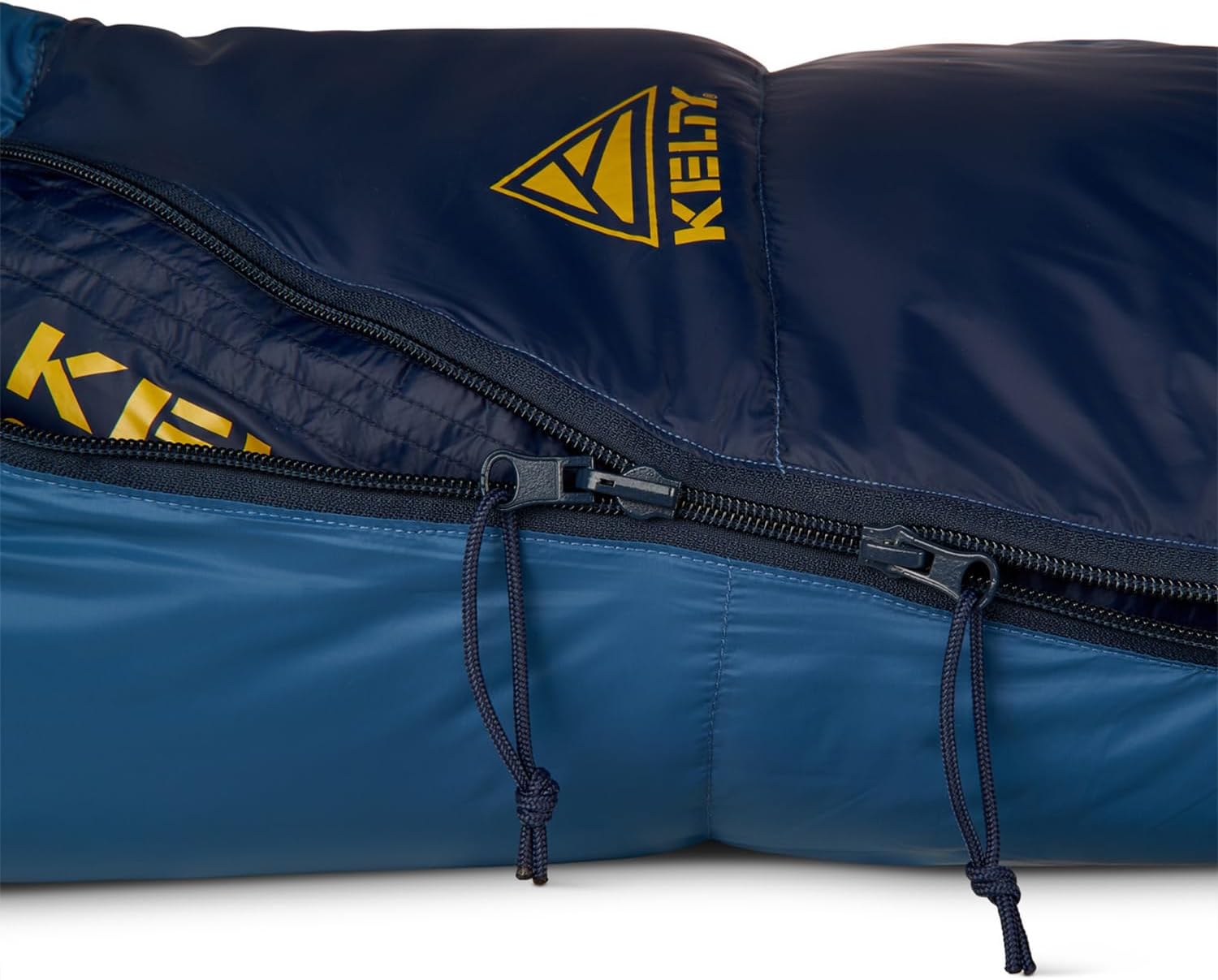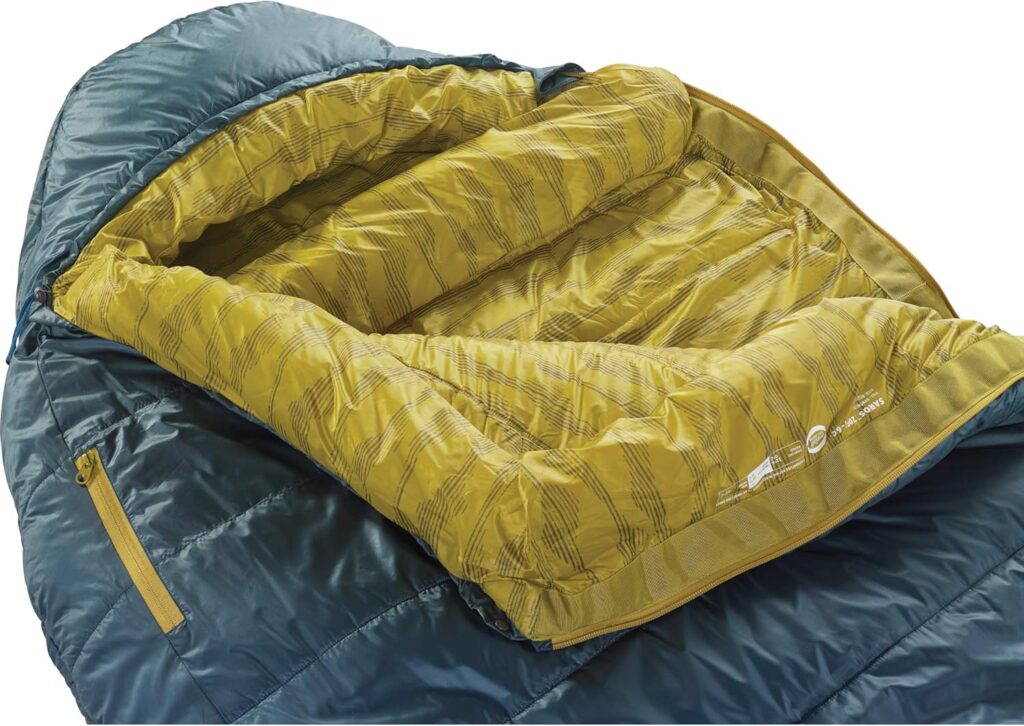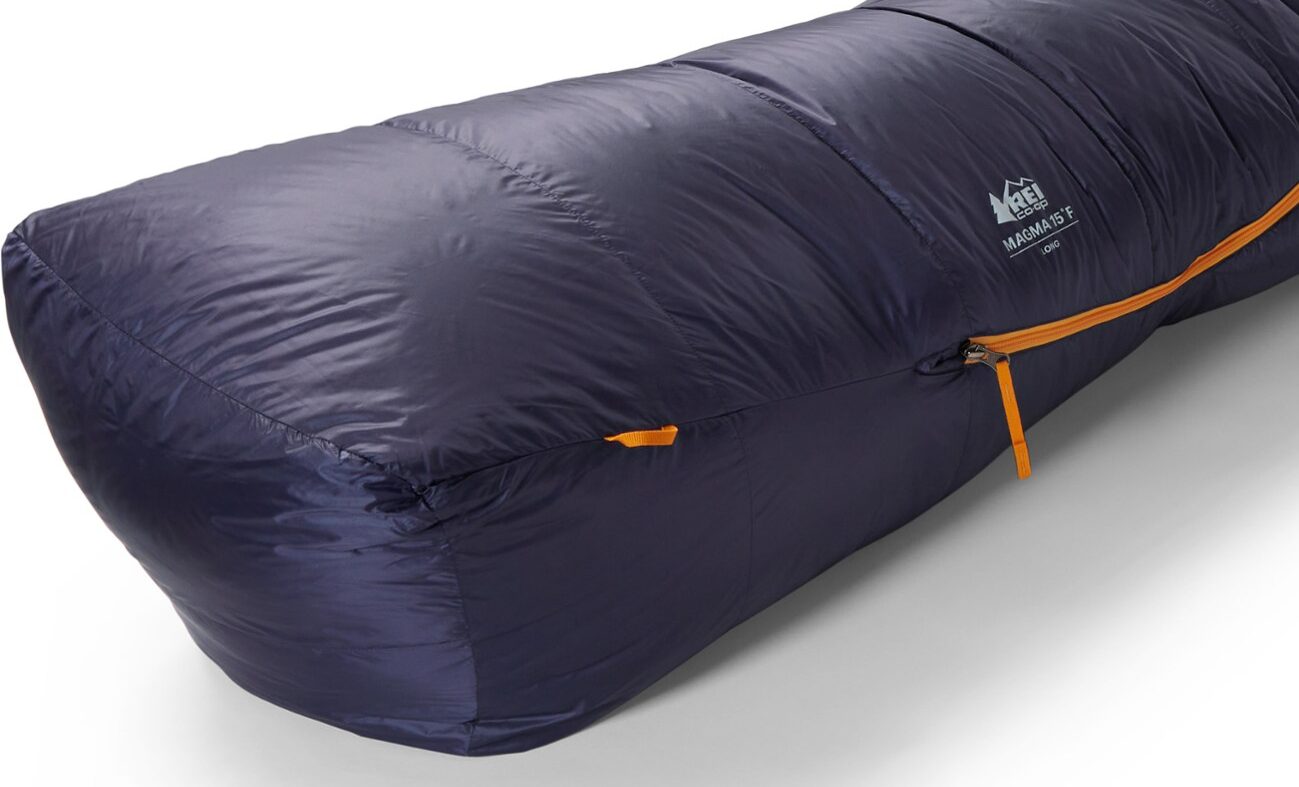Physical Address
304 North Cardinal St.
Dorchester Center, MA 02124
Physical Address
304 North Cardinal St.
Dorchester Center, MA 02124

When venturing into high-altitude or extreme cold environments, having the right sleeping bag can mean the difference between comfort and survival. In this guide, we’ll cover the must-have features of a mountaineering sleeping bag to ensure you stay warm, safe, and well-rested in extreme conditions.
Before selecting a mountaineering sleeping bag, consider these critical factors:
For more essential gear, check out our Best Sleeping Pads for Cold-Weather Camping and Best 4-Season Tents for Extreme Conditions to complement your sleeping system.

High-quality goose or duck down (with a fill power of 800+) is ideal for extreme cold. If you expect moisture exposure, consider hydrophobic down or a synthetic alternative.
A water-resistant shell (such as Pertex Quantum Pro) prevents snow and condensation from compromising insulation, keeping you dry in extreme conditions.
👉 Recommended: Western Mountaineering Puma MF for the best ultralight mountaineering sleeping bag.
An insulated hood and draft collar prevent heat loss from critical areas. Look for a snug fit with an adjustable cinch cord to maximize warmth.
Zipper baffles act as insulated barriers along the sleeping bag’s zipper to prevent heat from escaping, ensuring consistent warmth.

A well-designed footbox ensures your feet stay warm without compressing insulation, which can lead to cold spots.
| Feature | Best For | Type | Pros | Cons |
|---|---|---|---|---|
| Advanced Insulation | Maximum Warmth | Down/Synthetic | Lightweight, warm, compressible | Down loses warmth when wet |
| Waterproof Shell | Harsh Weather Protection | Nylon/Pertex | Repels moisture, windproof | Slightly heavier |
| Hood & Draft Collar | Heat Retention | Adjustable Hood | Traps heat effectively | Can feel restrictive |
| Zipper Baffles | Eliminating Cold Spots | Insulated Draft Tubes | Prevents heat loss | Adds minor weight |
| Footbox Design | Keeping Feet Warm | Ergonomic Shape | Extra insulation, reduces compression | Adds bulk |
For extreme cold, opt for a sleeping bag rated at 10°F lower than the coldest temperature you anticipate.
Down insulation offers superior warmth-to-weight ratio and compressibility, but synthetic insulation performs better in wet conditions.
Use a waterproof bivy sack, ensure your tent has proper ventilation, and store your bag in a dry sack when not in use.
A draft collar prevents warm air from escaping, keeping your core temperature stable in freezing environments.
Avoid long-term compression. Store it loosely in a breathable sack to maintain insulation loft.
For more expert camping tips, check out our How to Stay Warm While Camping in Freezing Temperatures guide.
Choosing the right mountaineering sleeping bag is crucial for surviving and thriving in extreme conditions. Focus on temperature rating, insulation quality, waterproofing, and heat retention features to stay warm in the harshest environments. Pair your sleeping bag with the right sleeping pad and 4-season tent for the ultimate cold-weather sleep system.
Looking for more gear recommendations? Check out our guides to Best 4-Season Tents for Extreme Conditions and Best Sleeping Bags for Winter Camping to complete your high-altitude adventure setup.